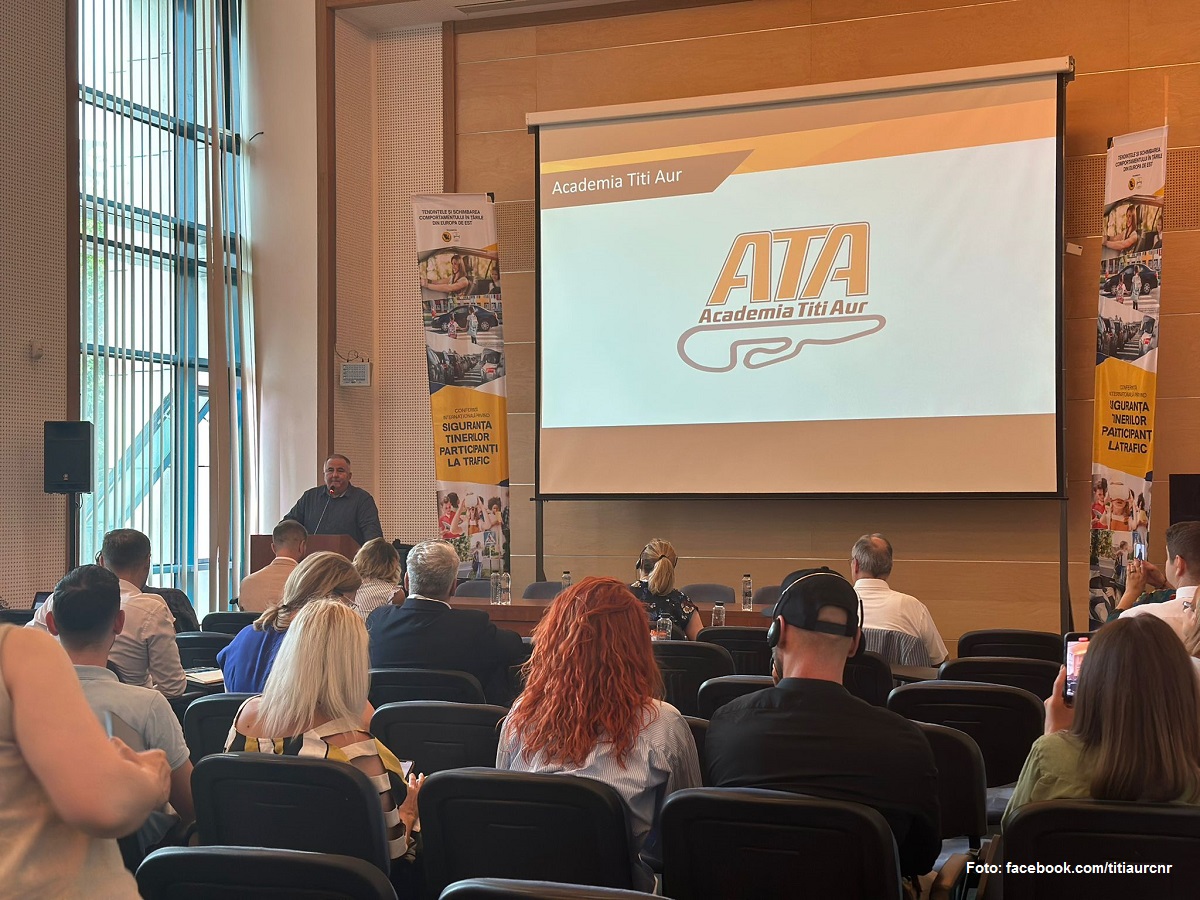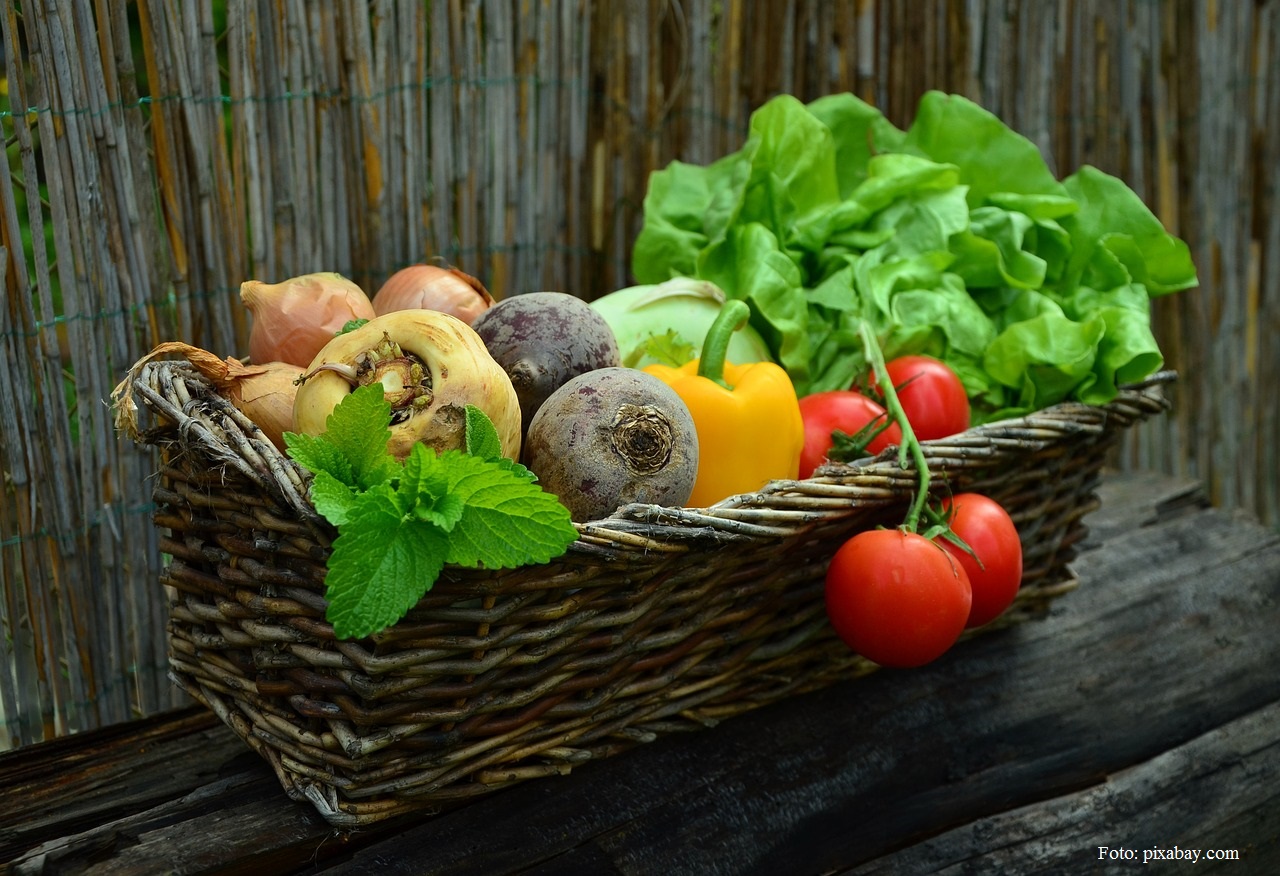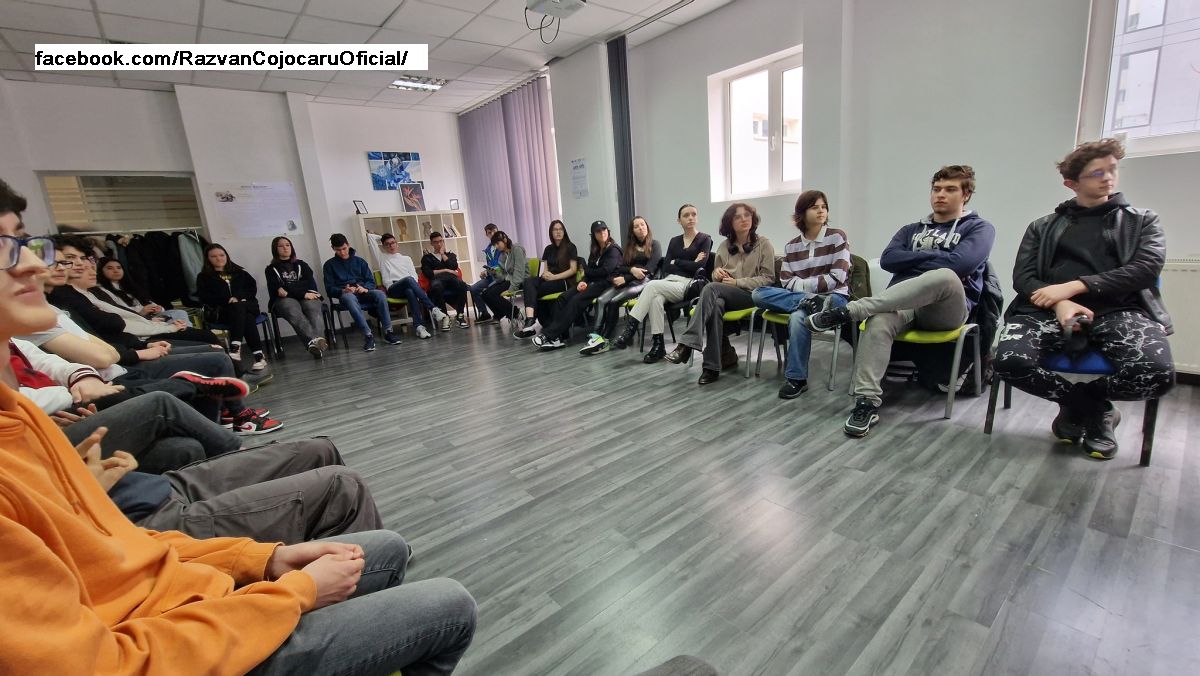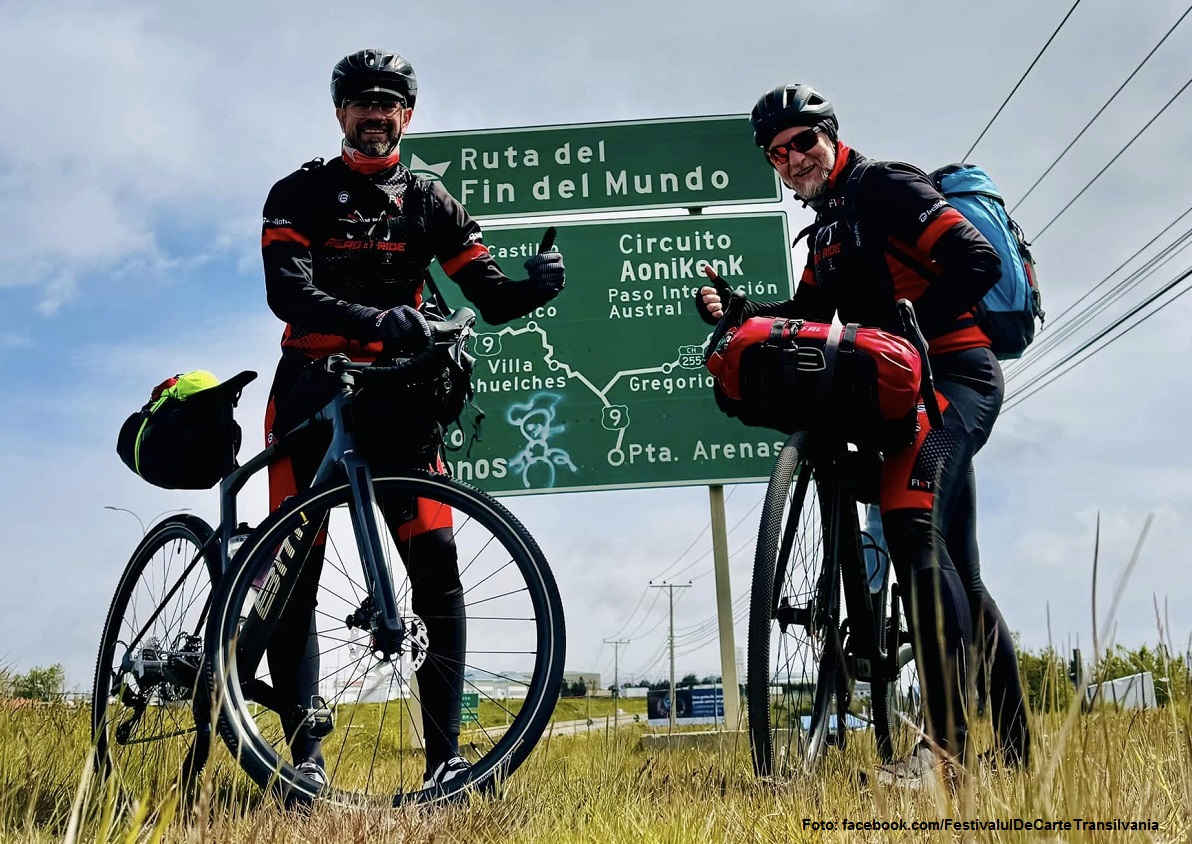Art Selfie Arrives in Romania
A Google app that gained momentum in Romania
Ana-Maria Cononovici, 02.10.2018, 12:22
September is an anniversary month
for Google, especially this year. On September 27, Google celebrated its 20th
anniversary, when Google founders Sergey Brin and Larry Page opened the first
Google office in a garage. It was restored to almost exactly its original 1998
look, and it can be seen as such on Google Maps Street View.
In 20 years,
Google never ceased to come up with surprises. One of the most recent fun
creations they put out is an attempt to allow users to experiment art in a
personal manner. Art Selfie takes the face of a person from a selfie and finds
its closest match in a work of art stored in the Google Arts and Culture
galleries.
Google Arts
& Culture has associations with 1,500 galleries and institutions in 70
countries, giving them access to as many on-line images as possible. Google’s
slogans, according to The Independent,
are ‘Be Your Own Curator’, and ‘Find Your Preferences, Create Your Own
Collection, and Share with Your Friends’.
The Art Selfie
app works on Android and iOS. Google does not use the resulting picture for its
own purposes, only keeping it until the results are delivered.
Gabriela
Chiorean, Google Communication Manager for Central and Eastern Europe, told us
about Art Selfie:
Art Selfie started out as an exciting solution to experience art. It is
a way to find your affinities with currents in art. You take a photo, and our
platform finds your match in fine art, in the Google Arts and Culture
Galleries. It was launched in January 2018, and initially it was available only
in a few countries, mainly English speaking, but last week it was made
available worldwide, including Romania. We saw a very good reaction early in
the year, where in the few countries it was available we had 78 million
pictures taken. In Romania we had an equally enthusiastic response. As we can
see in Romania, people have a great appetite for experimenting with art, not
just physically, but also in terms of knowledge. Each time we have art related
products, we get a great response in Romania, which is great.
You may think you resemble a face
from a painting by Tonitza or Grigorescu. Or maybe you think you look like Mona
Lisa or the Girl with the Pearl Earring. Anything is possible. Unfortunately,
it is up to the system to make the association. Gabriela Chiorean:
I tried to find my art twin, and I found out that I could be a man, or
a child. Generally, even if the twin may be a surprise, it is a good way of
discovering something new. We’ve had surprising reactions, for instance we had
a situation in which a woman in the US found her selfie associated with a
portrait of her grandmother. There have also been situations where people were
not impressed with their associated image, but you have to understand that this
is not a 100% accurate match, they are made through machine learning that
compares facial features. I can give you an example: Elen DeGeneres, the famous
talk show host, was matched with The Birth of Venus by Boticelli. Of course, many matches were not flattering, but there
are some surprises, like my match, which was with a man, but at least it was a
nobleman.
With this joke, Gabriela Chiorean
went on to tell us where this experiment is going:
Right now we have over 60 partners all over the world, but there will
be more in the future, definitely. I hope that one day we can add to the
twinning project the museums in Romania. The face match can take you all over
the world. The Google Arts and Culture platform has digitalized collections of
works from over 1,500 collections, in over 70 countries. In Romania we already
have 10 partnerships, and if you want to see who these partners are, you can go
to our website or download the app that matches you with paintings across the
world.
Gabriela Chiorean told us about the
cultural value of this app:
This way of getting to know art may
be superficial, using a selfie to getting familiar with art, but in fact
it is a great way to know more, not just about art in your own country, but art
across the world.
A simple selfie can now be a tool to
discover art, the end result providing information about the painting, the
artist who created it, and the collections and museums that house it.
(Translated by C. Cotoiu)

